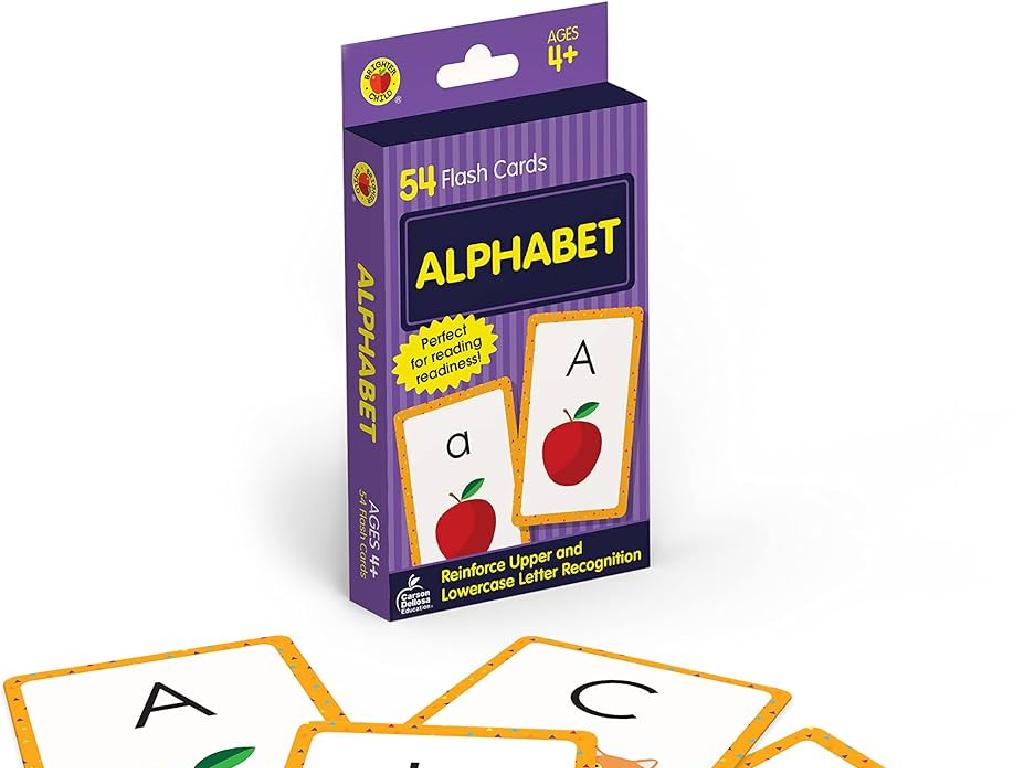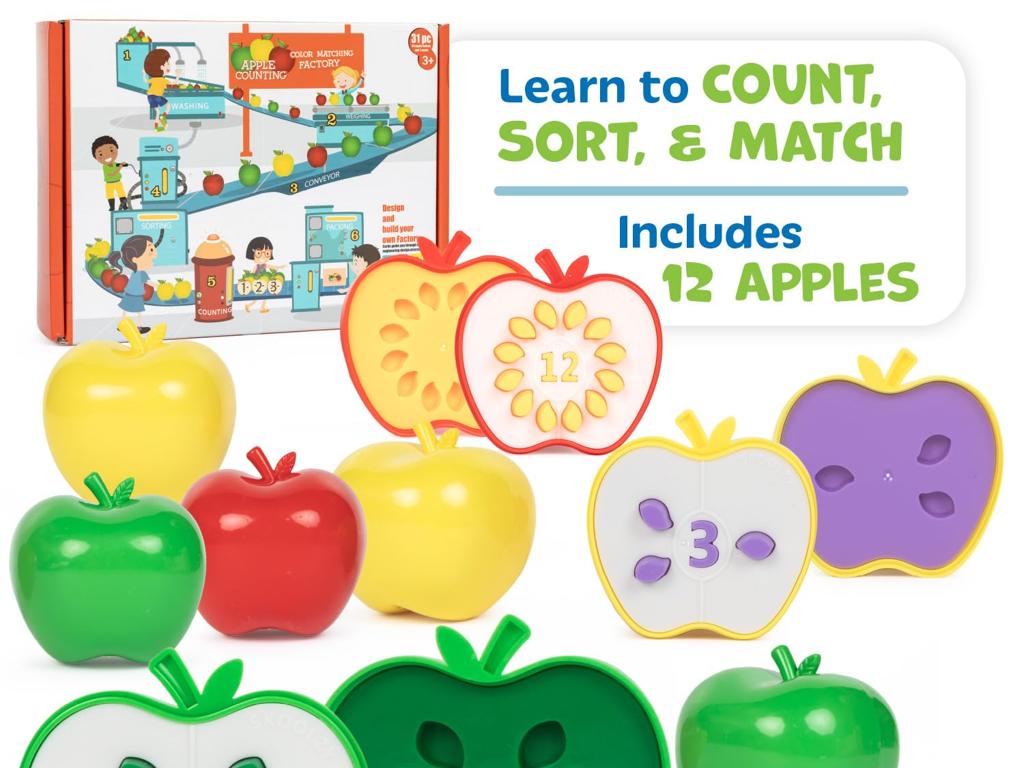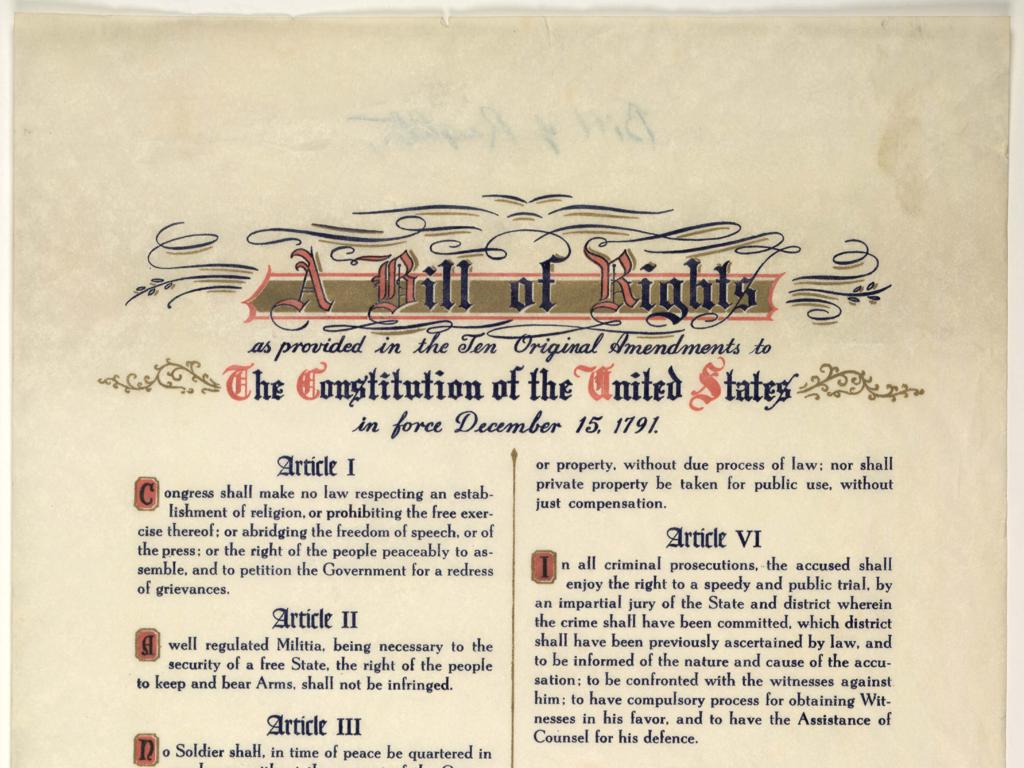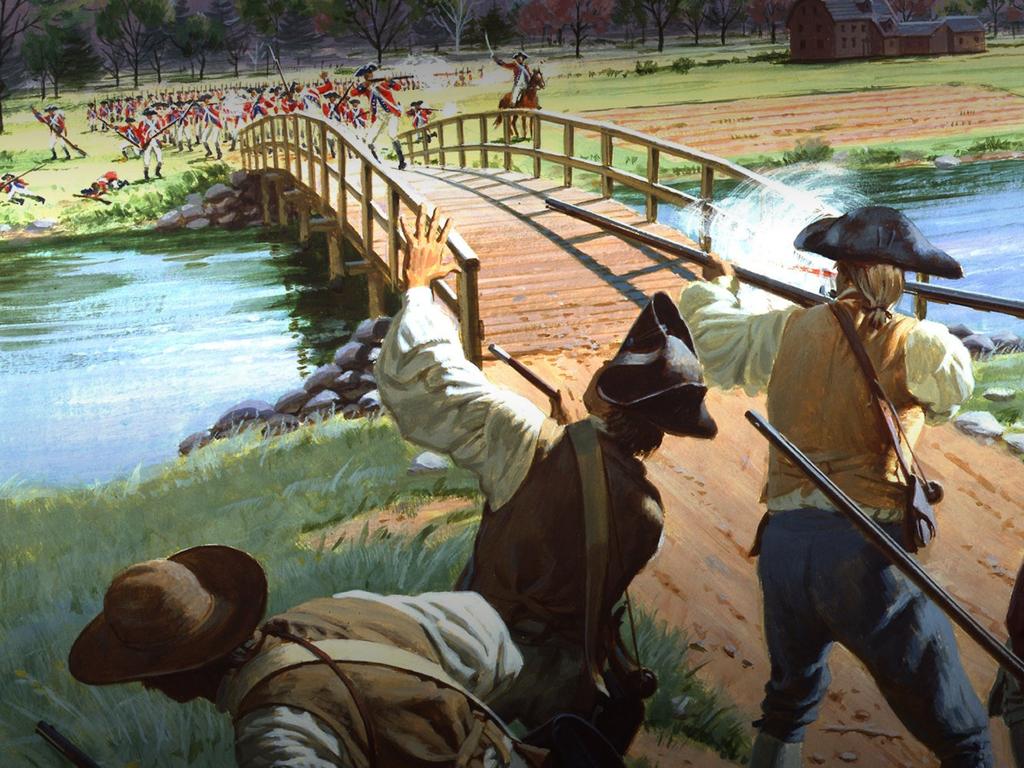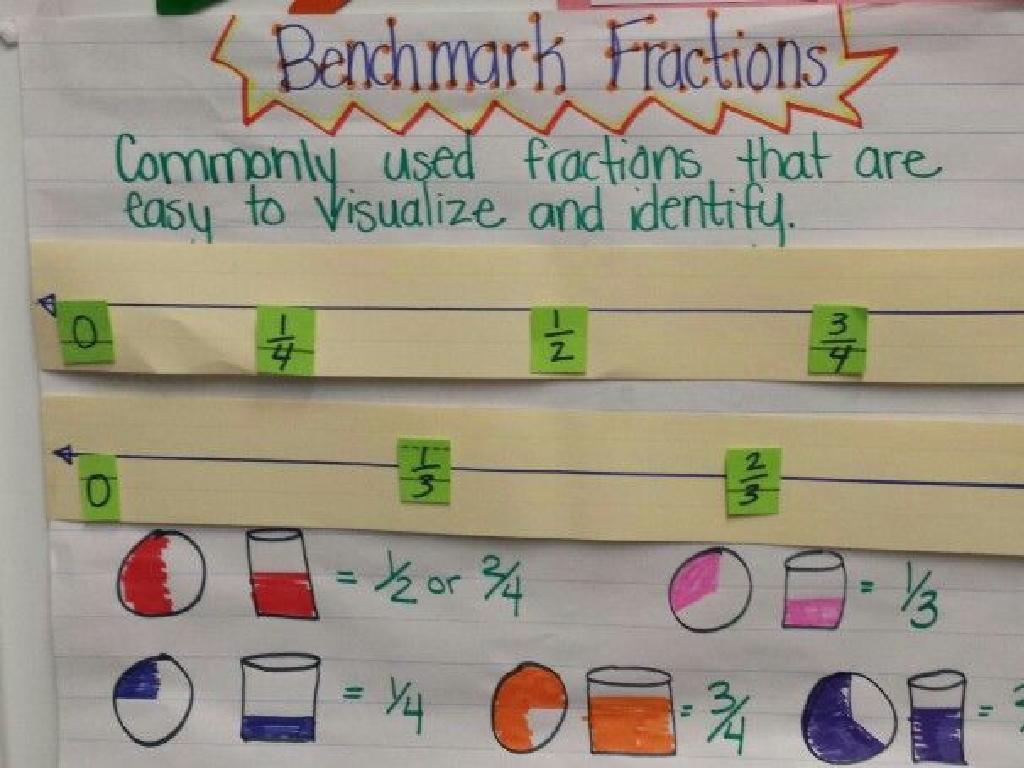Identify The 50 States
Subject: Social studies
Grade: Fourth grade
Topic: States
Please LOG IN to download the presentation. Access is available to registered users only.
View More Content
Welcome to the United States!
– Introduction to the 50 States
– The U.S. is made up of 50 unique states
– What is a state?
– A state is a region with its own government
– Importance of knowing the states
– Helps with geography and cultural understanding
– Exploring state diversity
– Each state has its own history and symbols
|
This slide introduces the concept of the United States being comprised of 50 individual states, each with its own government and specific characteristics. Understanding what a state is will help students grasp the structure of the U.S. government and its federal system. Knowing the states is crucial for understanding American geography, history, and the diverse cultures that make up the nation. Encourage students to think about the states they already know and share any facts or symbols associated with those states. This will set the foundation for learning about all the states and appreciating the rich tapestry of American diversity.
What is a State?
– Definition of a state
– A state is a region with its own government and laws.
– States as country parts
– The USA is made up of 50 states, each with a unique role.
– Unique state governments
– Every state has its own government, separate from the federal.
– Examples of state differences
– For instance, Texas is known for cowboy culture, while Hawaii is famous for its beaches and volcanoes.
|
This slide introduces the concept of a state to fourth-grade students. Begin by explaining that a state is a specific area within a country that has its own set of rules and government. Emphasize that while states are part of a larger country, they have their own unique identity and way of doing things. Discuss how each state in the United States has its own government which makes decisions on local matters. Provide examples of how states can be different from each other, such as climate, culture, and laws. This will help students understand the diversity within their own country and recognize the importance of each state’s individuality.
Exploring the 50 States
– Learn all state names
– Locate states on a map
– Use a US map to find where each state is
– Discover one fact per state
– Each state has a unique history or symbol
– Engage with fun state trivia
– Trivia like state bird, flower, or landmark
|
This slide is aimed at helping fourth-grade students identify and learn about all 50 states in the United States. Start by reviewing the names of the states, then use a map to show their locations. For each state, provide an interesting fact, such as the state bird, flower, or an important historical event. This will not only help students remember the states but also spark their curiosity about the diversity within the country. Encourage students to share any facts they already know about different states and to think about how each state contributes to the nation as a whole.
Exploring U.S. Regions
– Learn U.S. geographical regions
– The U.S. is divided into Northeast, Midwest, South, and West
– States in each region
– For example, New York is in the Northeast, while California is in the West
– Characteristics of regions
– Climate, culture, and landmarks vary by region
– Map labeling activity
|
This slide introduces students to the concept of geographical regions within the United States. It’s important to explain that the country is divided into four main regions: the Northeast, Midwest, South, and West. Each region has a set of states that share similar characteristics such as climate, culture, and historical landmarks. Use a map to help students visualize where each region is located and which states belong to them. Engage the class with a map labeling activity where they can apply their knowledge by identifying and labeling the regions and states on a blank map. This will help reinforce their understanding of U.S. geography.
Exploring State Capitals
– What is a state capital?
It’s the city where the government of a state is located.
– Importance of state capitals
Capitals are where state leaders work and make laws.
– Examples of state capitals
For example, Sacramento is California’s capital.
– Learning state capitals
|
This slide introduces the concept of state capitals to fourth-grade students, explaining their significance and providing examples. Begin by defining a state capital as the city where the state government is headquartered. Discuss why capitals are important, as they are the central locations for governmental operations, including legislative activities and the governor’s office. Provide familiar examples of state capitals to help students connect with the material. Encourage students to learn the capitals as part of understanding the geography and political structure of the United States. Activities could include matching states with their capitals, creating flashcards, or using games to reinforce learning.
Learning the States Through Mnemonics
– Understanding mnemonics
– Mnemonics are memory aids that help us recall information
– Creating a class mnemonic
– We’ll make a fun phrase together to remember the states
– Practicing with examples
– Let’s try to remember states starting with ‘A’ using mnemonics
– Remembering all 50 states
|
This slide introduces the concept of mnemonics as a powerful tool to help students remember the 50 states. Start by explaining what a mnemonic is and how it can turn difficult-to-remember lists into something more manageable. Engage the class in creating a mnemonic together, perhaps starting with the states in alphabetical order or by region. Practice with examples, such as the states beginning with ‘A’ (Alabama, Alaska, Arizona, Arkansas), and encourage students to come up with a creative phrase that helps them remember. The goal is for students to use this technique to eventually memorize all 50 states. In the next class, review the mnemonics and quiz students on their recall.
Interactive Map Exploration
– Explore the U.S. map together
– Learn states by shape and location
– Recognize states like Florida by its ‘boot’ shape
– Interactive quiz activity
– We’ll play ‘Find the State’ with our map
– Find and name the state!
– Can you spot Texas or California? Let’s try!
|
This slide is designed to be an interactive and engaging way for students to learn about the geography of the United States. Start by exploring the map as a class, pointing out the different shapes and locations of the states. Use recognizable shapes like Florida’s ‘boot’ to help students remember. Then, move on to the interactive quiz where you call out a state name, and students find it on the map. This activity helps reinforce their knowledge and makes learning fun. Encourage students to participate and praise them for their efforts. The goal is to make them comfortable with the U.S. map and to be able to identify each state by its shape and location.
Class Activity: State Bingo
– Learn to play State Bingo
– Each student receives a Bingo card
– Cards have names of different states
– Listen for the state name called
– Pay attention as states are announced
– Mark the state on your Bingo card
– Find and cover the state to get Bingo!
|
State Bingo is a fun and interactive way to help students learn and identify the 50 states. Distribute Bingo cards to each student, ensuring that each card has a different configuration of state names. Call out the names of states randomly and have students mark the corresponding state on their cards. The first student to complete a row, column, or diagonal wins. Consider variations of the game to keep it engaging, such as four corners or full card Bingo. This activity will reinforce students’ knowledge of state names and their ability to recognize them quickly. Encourage students to say the state capitals as well for a more challenging game.
Wrapping Up: States of the USA
– Recap of the 50 states
– Why states knowledge matters
– Knowing states helps us understand our nation’s geography and history.
– Homework: Map labeling
– Use a blank map to draw and label all 50 states.
– Share your map next class
– Be ready to present your map and talk about the states you’ve learned.
|
As we conclude today’s lesson, it’s important to review the key points about the 50 states of the United States. Emphasize the importance of understanding our country’s geography as it relates to history, culture, and current events. For homework, students are tasked with drawing and labeling the states on a blank map, which will reinforce their knowledge and help with memorization. In the next class, students will have the opportunity to share their maps and discuss what they’ve learned. This activity not only aids in visual learning but also prepares them for a deeper discussion about the individual characteristics of each state.

